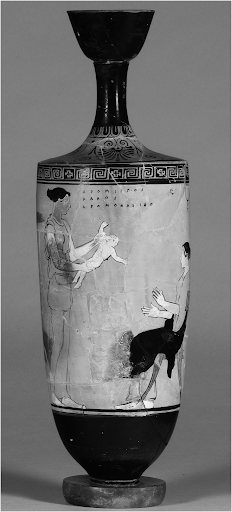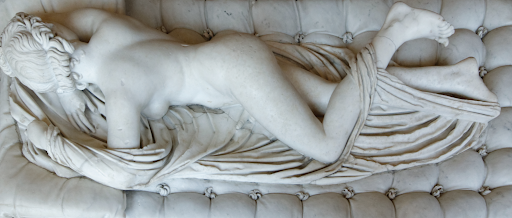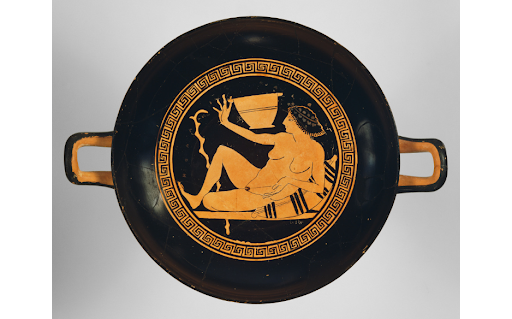“Furthermore, physicians too may err in not inquiring carefully about a disease’s cause, and in treating them like diseases in men: indeed, I have seen many women perish in such cases. Rather you must question a patient immediately and in detail about the cause; for there is a great difference in the treatment of women’s diseases and those of men.”
– Hippocrates, Diseases of Women, I 62

Women and men are physiologically importantly different, which is adversely impacted by health disparities related to sociocultural factors. Although SDG 3 (Health) and SDG 5 (Gender Equality) are the backbones to improve women’s health, over the last few years the current global gender backlash, particularly in the area of sexuality and reproduction, gender-sensitive education, and even gender-based violence, has raised serious concerns in the perspective of gender equality and equity.
Gender norms create pathways to health outcomes and are the key to unlocking the sustainable development challenge of health for all. In the past ten years, questions about gender and gender identity have come to the forefront as more people become aware of the issues involved. Several studies have been revealing the mechanisms by which inequalities in power, opportunities, advantage, and health between men and women are exercised through gender norms. Norms do not just exist on an individual or interpersonal level but are powerfully embedded in our cultures, institutions, economies, and ways of being. In this regard, looking at gender and sex from a historical perspective could help us better contextualize gender norms and create needed change.
“The classical past holds considerable power to decenter us by forcing us to acknowledge the historical specificity of our unspoken assumptions about sexual difference, sexuality, gender norms and the gendering of power.”
– Homes (2012: 6)
Gender and sexuality are difficult to define because they are ideologically laden, historically fluid, and of course, dependent on language for their articulation. How do the words ‘sex’, ‘gender’, and ‘sexuality’ apply to Graeco-Roman antiquity? Not only did the ancient Greeks and Romans have ideas of sex, gender, and sexuality, but those ideas have had an impact on the ways we conceptualize them (Homes 2012: 6-11). We must nonetheless be aware of changing meanings. For as it turns out, what we call ‘gender’ is a fairly recent concept. It does not mean that people in ancient Greece and Rome did not talk and think and argue about the categories of male and female, masculine and feminine, and the nature and extent of sexual difference. However, they did not have the concept of gender that has grown so influential over the past four decades. After all, it is in part by studying the past that we become more sensitive toward our own gendered norms.

When we talk about any aspect of gender in antiquity, the first problem we run into is: what is the relationship between our ideas about gender and a corresponding category of ancient ‘gender’? The fact that the words ‘sex’ and ‘gender’ have Greek and Latin antecedents, can become very misleading. For example, the Latin word sexus refers to male and female in a very general sense. The Latin word genus fulfills a similar function. Instead, the ancient Greek word, genos (‘species’, ‘genus’, ‘category’, ‘birth’, ‘kin’, ‘race’, ‘lineage’, ‘family’, ‘generation’, ‘posterity’), is used to indicate the female and male sexes, a practice that, considering the broader meaning of genos, implies both common descent and a common class or type. The ancient Greek grammarians also use genos to classify words as masculine or feminine, without the relationship with biological sex being entirely detached. Therefore, we have to be particularly careful about applying our understanding of sex and gender as a tool for interpreting the ancient evidence.

What does it mean to have the body of a man or the body of a woman today? Over the past few decades, the question has become less straightforward with the greater public awareness of complexly sexed identities beyond the binary sexual system. If we turn to early Greek medicine and philosophy, how is the physical body used to differentiate the sexes?
Stay tuned to read more about Sexing the Body in Ancient Greek Medical and Biological Texts.
By Dr. Sara Agnelli, Adjunct Assistant Professor
Suggested readings:
Antić, M., & Radačić, I. (2020). The evolving understanding of gender in international law and ‘gender ideology’ pushback 25 years since the Beijing conference on women. Womens Studies International Forum, 83, 102421.
Holmes, B. (2012). Gender: antiquity and its legacy. Oxford University Press.
Masterson, M., Rabinowitz, N. S., & Robson, J. (2015). Sex in antiquity: exploring gender and sexuality in the ancient world. Routledge.
 0
0
